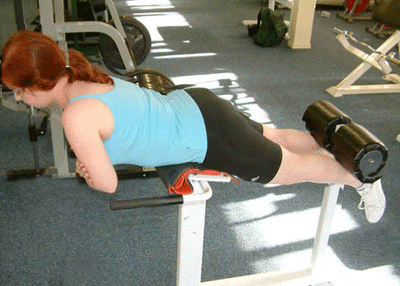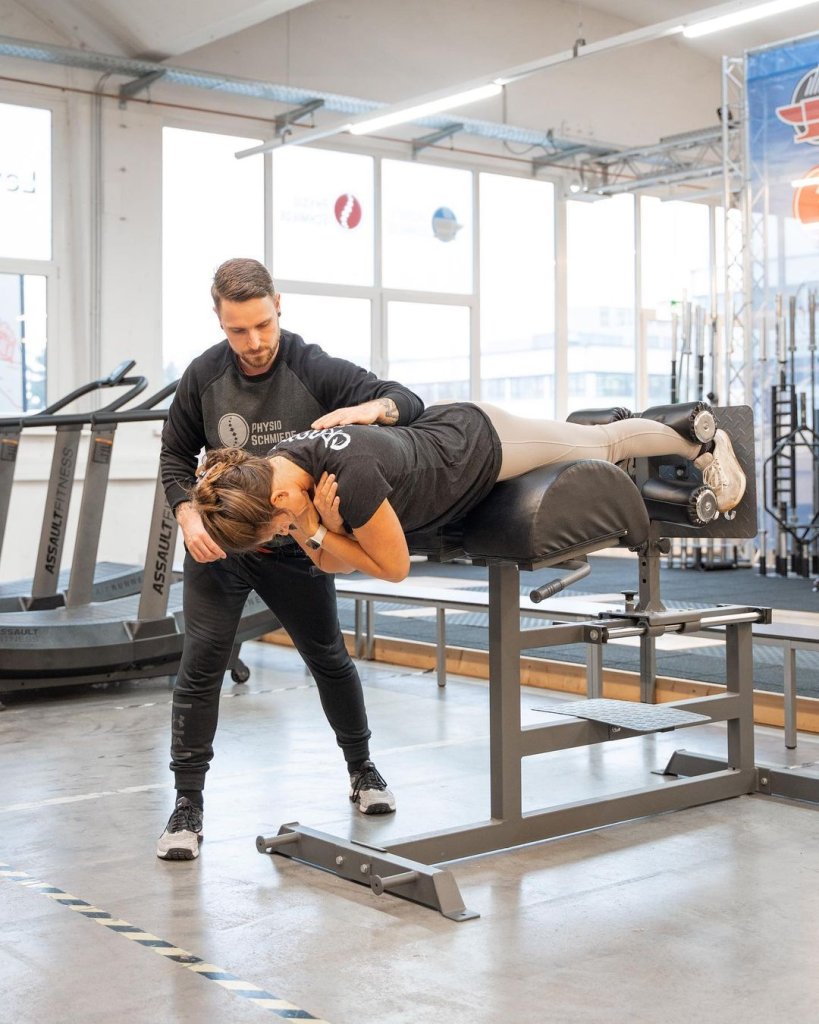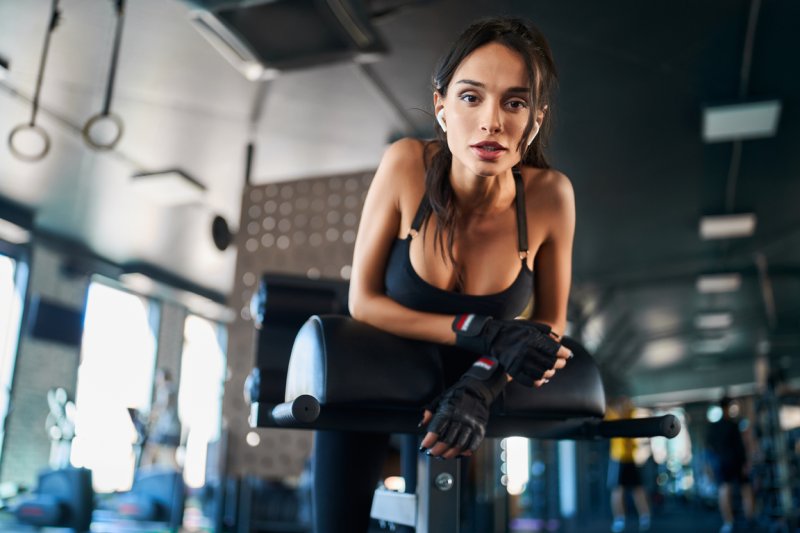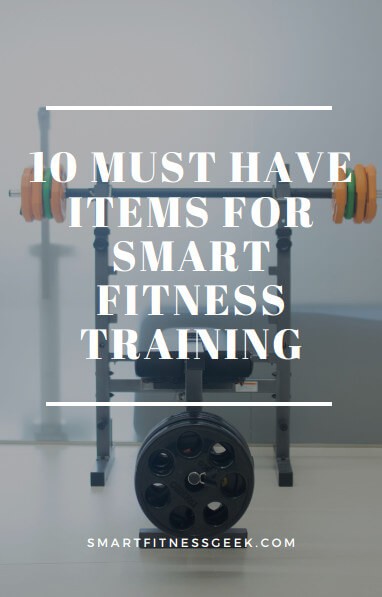Our lower back is like the support beam of our body. It bears the weight of our daily activities, from bending to pick up a pen to lifting heavy shopping bags. But it’s not just about strength. A healthy lower back also means better body posture, less fatigue, and – the cherry on top – it could mean saying goodbye to those annoying backaches.
Hyperextension exercises are the unsung heroes of the fitness world. We often give the limelight to squats, push-ups, and pull-ups, but today, we’re changing the tune.
It’s high time we shine the spotlight on these underrated workouts. Why? Because not only do they help sculpt a solid six-pack (yes, please!), but they also play a vital role in keeping our lower backs strong and healthy. And trust us, a strong lower back is a real game-changer!
Table of Contents
what is hyperextension exercise?
A hyperextension exercise, also known as back extension, is a strength training exercise primarily focusing on the muscles of the lower back, but also involving the hamstrings and the glutes. It is frequently performed to enhance lower back health, improve core stability, and promote good posture.
This is not just any exercise. It’s like a secret weapon for your lower back health. The lower back is super important in a lot of things we do every day, like lifting stuff and keeping our bodies straight. So, making these muscles stronger can help prevent injuries, lessen backaches, and even make life more enjoyable.

That’s not all though. This exercise also targets your hamstrings and glutes. This is big news because these muscles are key players in keeping your lower body strong and balanced. Toning these guys not only makes you look good but also makes it easier to do things like running, jumping, or squatting.
One awesome thing about this exercise is how it helps your lower back health. A lot of people have lower back problems, and this exercise is like a shield against that. It makes your back stronger and more bendy, helping to avoid painful backaches.
How to Do Hyperextension Exercises?
Full Hyperextensions on a Hyperextension Bench

First off, find yourself a hyperextension bench. This is your new best friend. You’re gonna stand or lay on this buddy, face down. Your feet need to be snug on the foot brace and your waist should not touch the thigh support. You need space to move.
Next, cross your arms like you’re hugging yourself. Or, you can put your hands behind your head, whichever feels more comfortable. Now, you gotta lower your body down real slow, just bending at the waist. When you feel a stretch in your back and your thighs, hold it. It should feel good, not painful.
Then, just lift your body back up till it lines up with your legs. Boom! You just did a full hyperextension.
Halfway Hyperextensions on a Hyperextension Bench
If you’re new to this or got some back issues, you might want to try partial hyperextensions. It’s the same as the full one, but you’re only lowering your body halfway.
Hyperextensions on a Flat Bench or Floor
Don’t have that hyperextension bench? No big deal! You can still do these exercises on a regular flat bench or even on the floor.
If you’re using a flat bench, you’ll lay with your belly on the bench. You’ll need a buddy to hold your feet or you just hang your upper body off the edge of the bench. Lower your upper body a bit, hold for a bit, then lift it back up.
If you’re on the floor, just lay down flat on a mat. Lift your upper body, hold for a bit, then lay back down.
And always, always remember to warm up before you start. Don’t rush, take it at your pace. It’s not about how many you do, but how well you do them.
Stick with it and you’ll see some real changes. Your lower back will be stronger, your posture will be better, and you’ll feel great.
What muscles does hyperextension work?
Gluteal muscles (glutes): These are the muscles in your buttocks. They help with hip extension and rotation.
Hamstrings: Located at the back of your thighs, these muscles are involved in hip extension and knee flexing.
Abdominal muscles (abs): Though not the primary focus of hyperextensions, your abs, especially the deeper core muscles like the transversus abdominis, are engaged for stabilization and control during the movement.
Benefits of Hyperextension
1. Make Your Back Strong
Hyperextension exercises have a big bonus. They power up your lower back. Everyday stuff, like carrying shopping bags, or sitting long hours in a chair, all depend on our lower back. With these exercises, these tasks become a piece of cake.
But there’s more. These exercises don’t just work on your back. They train your whole body, especially your core. If you’ve dreamt of a hard belly or tough abs, these exercises are your answer.
2. More Energy in Your Day
There’s another great thing about hyperextension exercises. Doing them regularly can make you feel energetic. They help you move easier, feel nicer, and do all your daily tasks more efficiently. No matter what you’re doing, from house cleaning to playing sports or even walking, having a strong back can up your game.
3. Standing Up Straight
These exercises can also fix your posture. Yep, a solid lower back means you can stand taller. Good posture isn’t just for looks. It can ease back pain, make you feel more self-assured, and even help you breathe better. So, these exercises are a big yes for your overall health.
4. Safety From Back Injuries
Do you see how athletes seem to move like it’s nothing? That’s because they’ve got strong, flexible muscles that prevent injury. Hyperextension exercises can strengthen your lower back and lower the chances of hurting it. Many people suffer from back injuries, so anything that can help you avoid them is worth doing.
What are the disadvantages of hyperextension?
- If you push too hard, you could strain your back. Remember, you’re aiming for a straight line from head to toe.
- If your form isn’t right, you could end up hurting your back. So make sure you know what you’re doing or ask a trainer for help.
- If you’ve got certain conditions like back injuries or osteoporosis, these exercises might not be for you. Always talk to a doctor first.
- Just focusing on your back could lead to other muscles getting left behind. So, make sure you’re not forgetting about the rest of your body.
- Most of the time, you’ll need a special bench to do these exercises. Not everyone has these at home.







